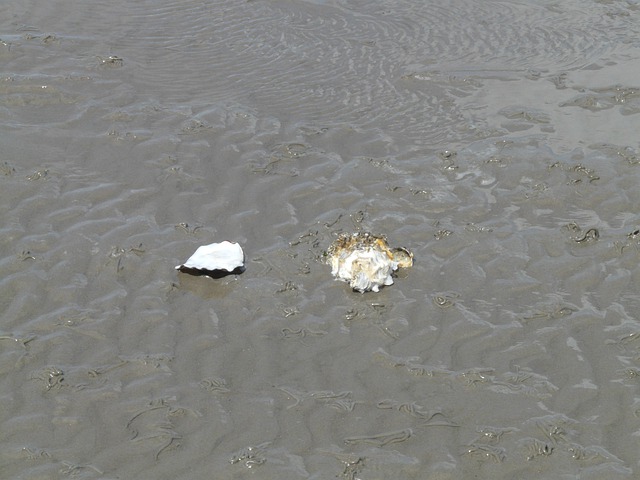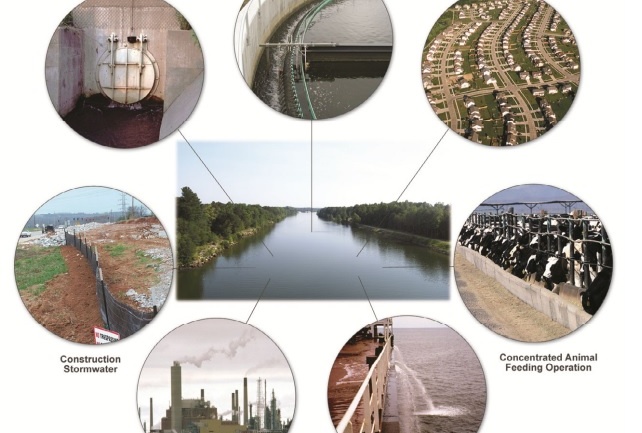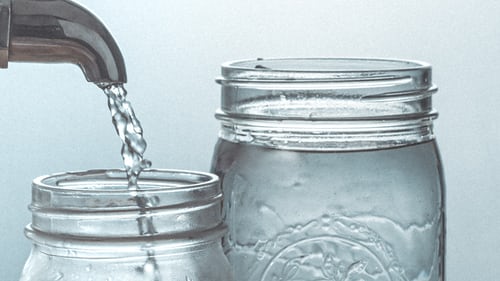By Brigitte Rodriguez, Associate Researcher & Writer for Save The Water™ | July 29, 2022
PFAS have become a major issue in recent years. They are a chemical pollutant that´s very concerning. PFAS contains chemicals that can endanger humans. They are also located in many consumer products such as “cookware, cleaning agents, textiles and apparels.” This poses a risk to the health of the earth and the people.
We use forever chemicals in our daily lives, so they are found everywhere. Some technologies allows us some control over PFAS.
What are the “forever” chemicals?
“Forever chemicals” is a nickname. The real name is per- and polyfluoroalkyl substances (PFAS). PFAS “are a group of highly stable carbon-fluorine compounds.” They have been found in many everyday products since the 1950s and are concerning because they stay around for a long time.
Forever chemicals are found in common household products:
- Food packaging
- Cosmetics
- Cookware
- Waterproof clothing
- Carpets
- Mattresses
- Electronics
- Fire-fighting foams
Items containing forever chemicals are in continuous contact with you on a daily basis. Because of this, forever chemicals can often be ingested, inhaled or absorbed through the skin.
How common are forever chemicals?
Forever chemicals can be found everywhere, and they are difficult to remove from the environment. In fact, “Of the 9,000 known PFAS compounds, 600 are currently used in the U.S. in countless products…” This is a problem because PFAS endanger the health system by harming the immune system. More specifically, PFAS has been linked to various health risks, such as cancer, liver damage, and hormone disruption of consumers. According to the Centers for Disease Control and Prevention, more than 95% of people in the United States have some amount of PFAS contamination.
PFAS has become a great concern in the last few years. Within various bodies of water, fovever chemicals are widespread. The U.S. Environmental Protection Agency states that the forever chemicals are in drinking water and that they, “can still be harmful even at levels so low they are not detectable.”
Also, the forever chemicals can affect aquatic wildlife. On Marco Island and in Tampa Bay, scientists collected 156 oyster samples that contained PFAS. These substances endanger both humans and wildlife, as the oysters in the water find their way into your meals and into the rest of the ecosystem. In addition, the forever chemicals affect the oyster´s development.
In another case study, the assessment of aquatic exposure to PFAS shows the amount of PFAS accumulation that exists in the source of the food. The research showed that a large amount of “forever chemicals” are discharged and accumulate in the environment. This causes PFAS to collect in the sediments and fish feed on them. This causes high concentrations of PFAS that can be found on fish tissue. Causing food in the food chain to contain high concentrations of PFAS, which results in adverse effects on human health and the environment.
Which technologies can be used to reduce PFAS?
Currently, there are several innovative technologies available to remove the forever chemicals of water:
- Granular Activated Carbon (GAC): The granular activated carbon is able to adhere to the PFAS in small pieces of carbon as the water flows. This technology works because of the porous properties of the GAC.
- Ion Exchange Resin: Forever chemicals in water can be addressed by using single-use ion exchange resin. As described in one article, “Small beads (resins) made of hydrocarbons allow the chemicals to stick to the beads and be removed as the water passes through.”
- Reverse Osmosis (RO): RO is also an option for removing forever chemicals. It prevents metal from leaking out of the pipe and affecting the water supply. The system design creates a closed circuit reverse osmosis. This reverse osmosis is able to remove “more than 90% of PFAS in the feedwater.
Many scientists continue to work to find more about the effects of PFAS. Technology is still being developed to reduce forever chemicals in water. In addition, forever chemicals are increasingly being regulated by the EPA.
How can you take action?
There are a few ways you can reduce the effects of forever chemicals:
- Avoid using non-stick cookware and favour home cooking over fast food and take-away.
- Contact your local, state, and federal government representatives
- Take part in public awareness campaigns to draw attention to forever chemicals
- Consider donating to Save the Water





